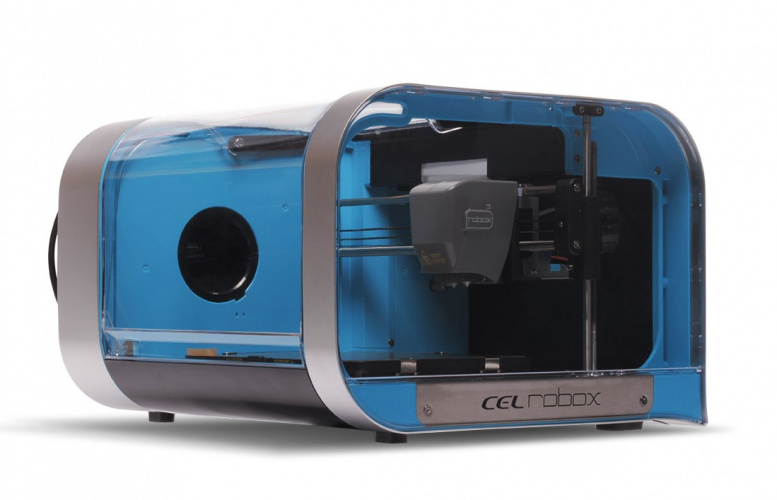The UK is a country that prides itself on its engineering history, but, in recent years, it's been suffering a skills crisis. Fewer students have been leaving education to pursue careers in engineering while many schools have exacerbated the problem by reducing their design technology departments. Luckily, 3D printing is coming to the rescue.
This technology is giving teachers the ability to reengage students and stimulate their interest in engineering and STEM more broadly. Unlike traditional tools such as lathes and milling machines, 3D printers today are relatively inexpensive, and there is no need for lengthy training to get students started. Perhaps more importantly, 3D printing is exciting; the process of seeing something created on-screen that then becomes a physical object instils wonder and can inspire a future generation of engineers.
Learning from 3D printers
Teaching using 3D printing can start from an early age using applications such as TinkerCAD to enable the delivery of STEM learning. Children as young as five are now learning how to create simple 3D models on the computer, and then watch their designs being manufactured in virtually no time. Known as rapid prototyping, it is a much faster process compared to previous design-and-make activities in a typical DT workshop.
East Ayrshire Council, for example, has been facilitating a successful scheme to help boost interest in STEM in primary school children. As part of this project, all primary schools within the council's catchment area have been given a CEL-UK Robox 3D printer and received training to use TinkerCAD and other free, easy-to-use software from Autodesk.
East Ayrshire’s STEM Co-ordinator has organised and developed the scheme ensuring the successful rollout of printers and relevant teaching resources. Pupils are now recognising the importance of design and, through prototyping, testing and evaluating, can identify problems and make improvements easily. STEM learning, including maths concepts such as angles, subtraction and addition can all be taught and demonstrated in a very intuitive way through CAD at a much younger age.
But 3D printing is also proving a great fit for cross-curricular learning. Resources can be downloaded from the internet by the subject teacher and sent through software to the machine to print a multitude of different objects: from archaeological artefacts for a history lesson to drama props, and even 3D bone and organ models for biology.

Smaller, simpler, safer 3D printers
3D printers are now a common sight in school design technology departments and this uptake has certainly been helped by a significant reduction in size and cost. Printers such as the CEL-UK RoboxDual are the same size as a traditional 2D printer and, with a small footprint, will sit in any classroom environment.
Today’s 3D printers are also much simpler than they used to be. Plug and play and designed with ease of use in mind, they can be used by any subject teacher without requiring extensive training. And, perhaps more importantly, they are safer.
3D printers, like any workshop machinery, however, have their dangers – hot and moving parts being the most obvious. There is also a risk of exposure to fumes and particles that may be released, which has been recognised in a recent research report by the Health & Safety Executive (HSE). Luckily, some of the latest desktop 3D printers come in an enclosed design to help ensure students fingers are kept away from the molten filament. And, to protect students against fumes, HEPA filters or extraction systems can easily be retrofitted in line with HSE recommendations.
All these features are enabling teachers to use 3D printers easily and safely in the classroom. Schemes such as the one set out by East Ayrshire Council for primary schools are proving a success and are now expanding into secondary education, helping reignite interest in engineering for the next generation.
CEL is the manufacturer of the Robox desktop 3D printer.










Water Sector Talent Exodus Could Cripple The Sector
Maybe if things are essential for the running of a country and we want to pay a fair price we should be running these utilities on a not for profit...